Change is inevitable and it happens in every industry. Those that evolve with change often help lead the transformation and revolutionize their domain. In 2016 we began to enter the era of digital transformation in our industry and changes have begun to take place that are revolutionizing the way we consume, collect and deliver data to every aspect of society. Along with these changes have we seen the creation of new businesses and opportunities centered around this evolution in connectivity. Digitization is creating growth opportunities and offering user experiences in ways we have never seen before.
This month I got the opportunity to travel to PyeongChang for the 2018 Winter Olympics. It was here, in the Olympic Village, where the term “digital transformation” really meant something to me for the first time. It’s a term we hear every day in this industry but to stand in the middle of the transformation itself is something words cannot describe.

I grew up in southern California and was able to attend the first Winter X Games in 1997, hosted in Big Bear Lake, California. This at the time was a huge change to the sporting industry as a whole. Categorized as extreme sports, events like ski slopestyle and snowboarding challenged the norm. But today these events have been adopted and welcomed into the Olympics with open arms. I stood there in the Olympic Village looking at how a once fringe sporting event became mainstream. Because the Olympics knew this change was inevitable they transformed with the times and opened up new markets and opportunities. Sponsorships, advertisements, media coverage and even new spectators wanted to see their countries’ athletes compete at a global level, and the Olympics lead this transformation of acceptance.
But this wasn’t the moment that caused resignation of the term digital transformation. It was while I was sitting inside the Gangneung Speed Skating oval watching the men’s 1500m final when my parents started messaging me and calling on Facetime. Like any parent, they were excited to relate to someone in the audience. They wanted to know where I was in the arena and what the crowds around me where like. They then began telling me about the first Olympics they had ever been to, the Summer Olympics in 1984, hosted in Los Angeles.
[You might also like: 2018 Winter Olympics]
That’s when the term, “digital transformation,” hit me. In 1984, there was no Facebook, Instagram, Snapchat, live streaming virtual reality (VR) services, 360-degree cameras, drones, Internet of Things (IoT) sensors or 5G service. In fact, this was the same year Apple aired their iconic ‘1984’ commercial for the Apple Macintosh, a new computer at the time that utilized a graphic user interface instead of a terminal. This was also the year Dell was founded and five years before Tim Berners-Lee would invent the World Wide Web.
After talking to my parents and doing some research I discovered that the 1984 games were not without technology. IBM had donated over 200 computers and software to the Olympics in order to help organize the games in revolutionary ways. But this year in PyeongChang the Olympics put on a dramatic display of modern technology as they became the leaders of future sporting events. They ushered in new ways that spectators both on scene and around the world engaged with the games.
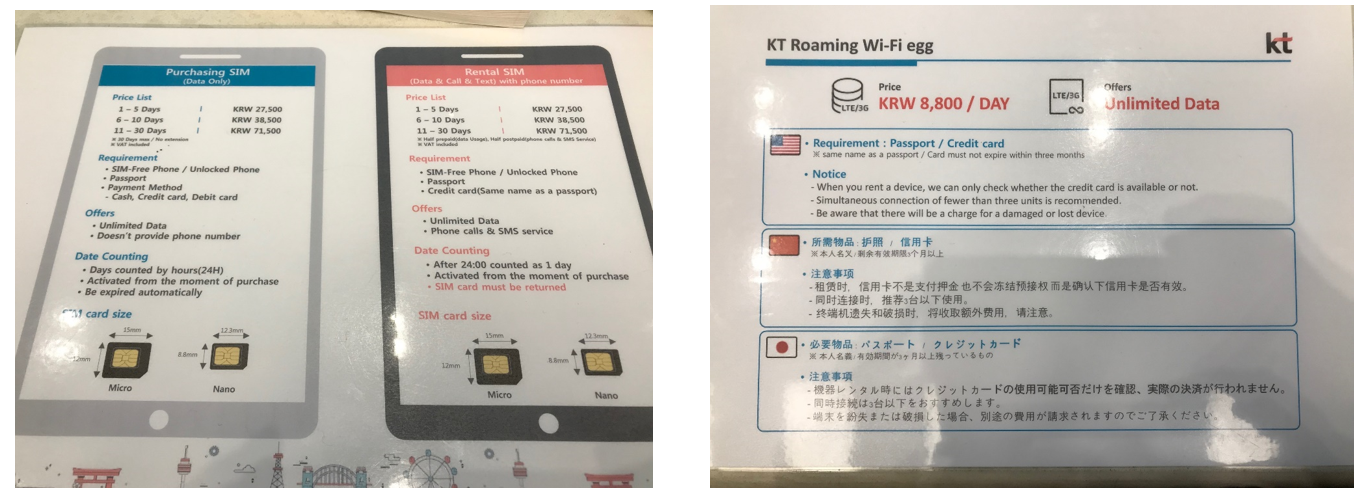 SIM card and WiFi egg rental in Korea
SIM card and WiFi egg rental in Korea
When landing in Korea you have a few options when it comes to connectivity at Incheon Airport. I was staying in Seoul and taking the PyeongChang Korail, a high speed KTX train to the games every day. As a New Yorker, a two-hour train ride isn’t much to me but being connected is. Seoul is a very connected city and Wi-Fi is offered in the trains, but for my purposes I decided to rent both a SIM card and hotspot.
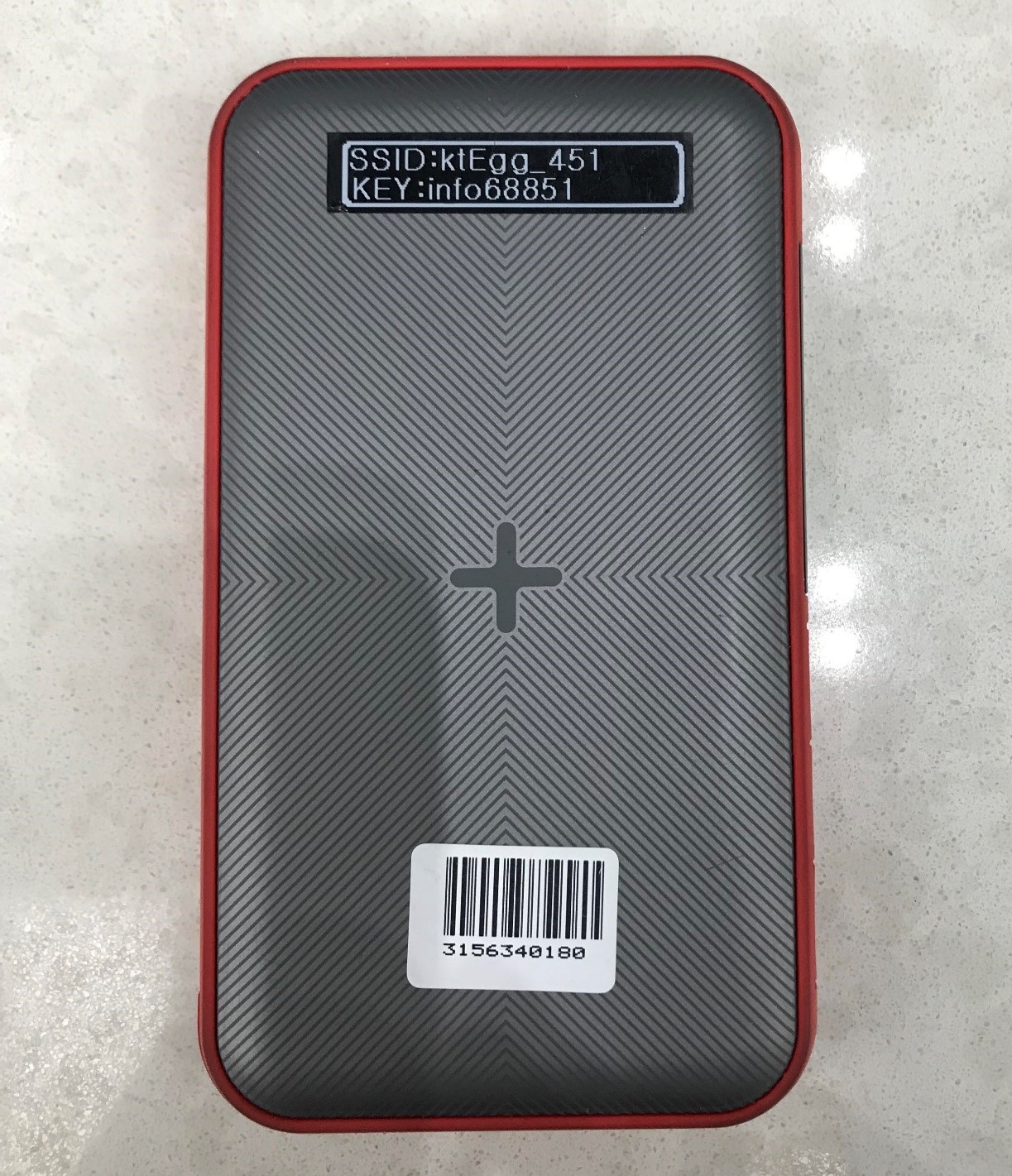 Credentials used on Wi-Fi eggs
Credentials used on Wi-Fi eggs
One of the first things I noticed as I inspected all the devices I was presented with was the weak credentials used on all the Wi-Fi eggs. Every device was serialized with the same SSID and KEY format. Targeting these devices on spectators would have been very simple considering you only had to brute force the last five digits of the targeted eggs’ KEY.
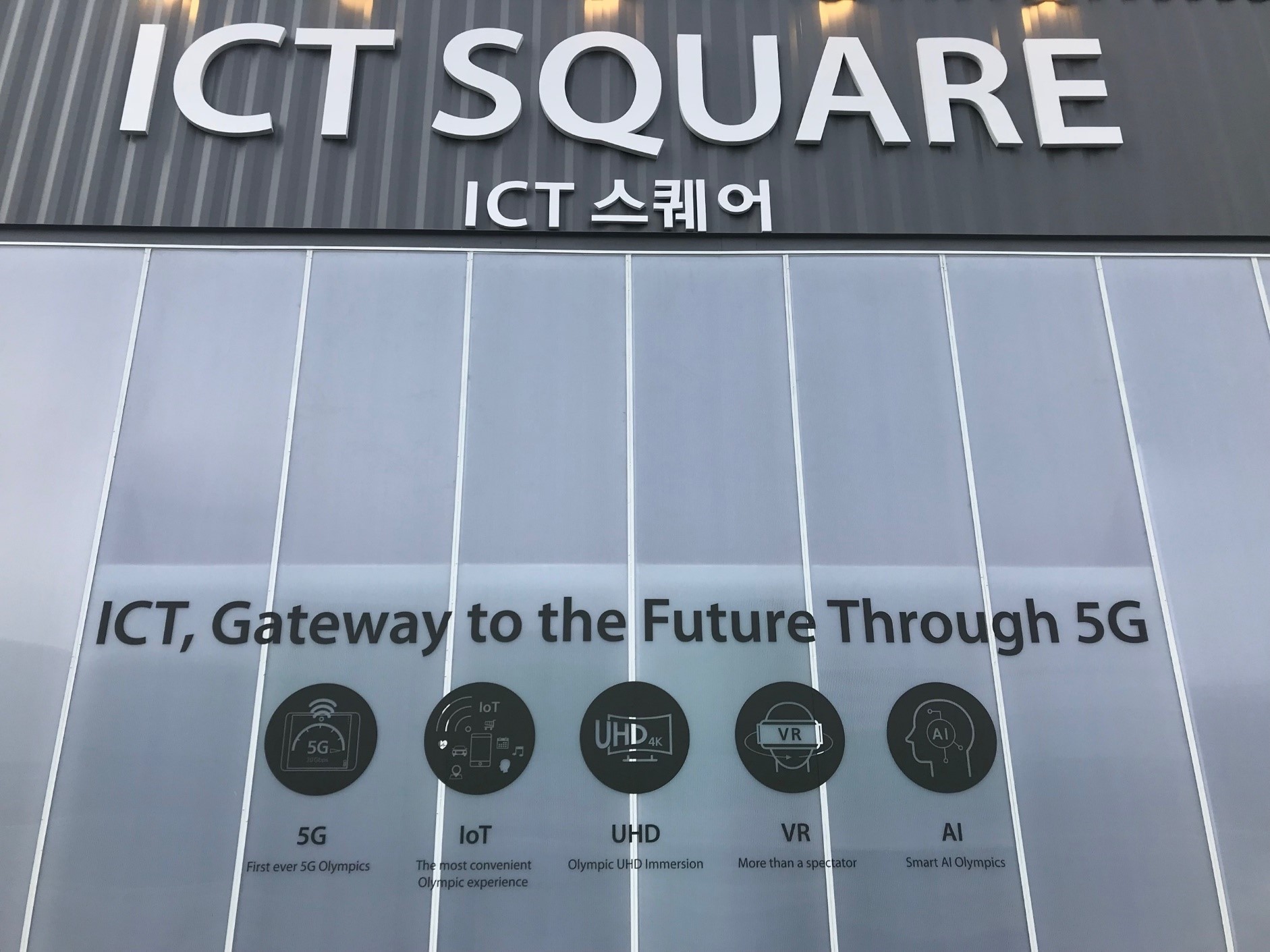 ICT Square, Winter Olympics 2018[/caption]
ICT Square, Winter Olympics 2018[/caption]
Once you walk into the Olympic Village you are immediately flooded with IoT sensors, 5G demonstrations and VR viewing of the Olympic games. KT and Intel put on an amazing demonstration of their 5G technology and what sports fans can expect in the near future in regards to real time VR live streaming from the athletes’ point of view, and how IoT sensors will be able to monitor and record athletes’ competitive data in ways never seen before. Technology is clearly the change agent at the Olympics games where events are won by fractions of a second, and the Olympics continues to adapt and evolve with the times by including the latest technology.
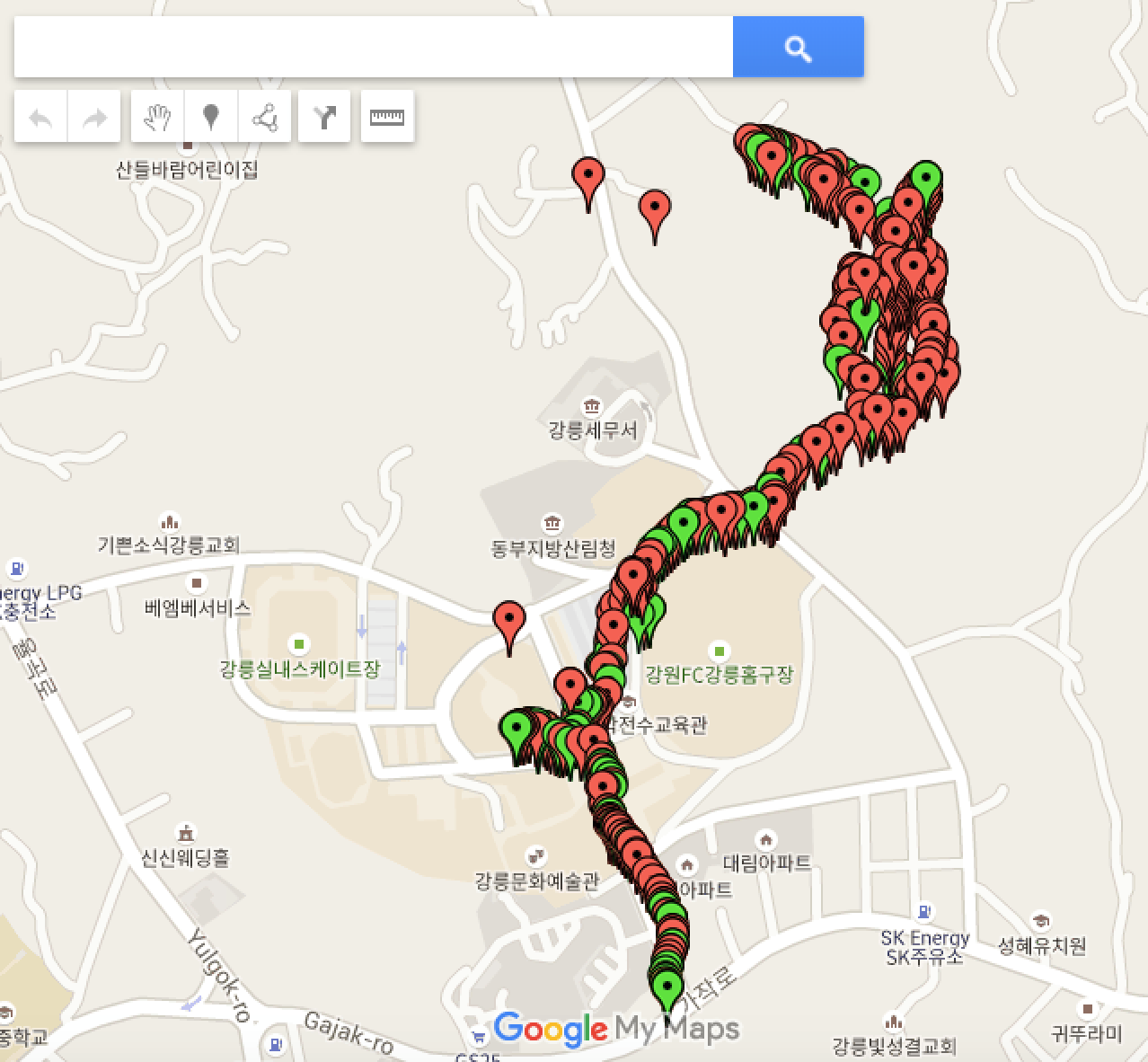 Access Points at the Gangneung Coastal Cluster[/caption]
Access Points at the Gangneung Coastal Cluster[/caption]
Before the opening ceremonies in PyeongChang I decided to go down to the Gangneung Coastal Cluster to passively monitor the access points in the area. After a simple walkthrough of the Olympic Village I had found 1,037 unique access points in the cluster, most of which were running on the 802.11n standard.
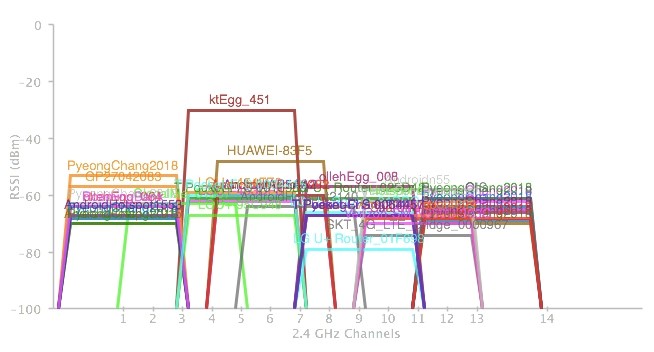 2.5GHz Channels inside Kwandong Hockey Center[/caption]
2.5GHz Channels inside Kwandong Hockey Center[/caption]
Inside the Kwandon Hockey Center there were so many hotspots and access points that service was degraded due to channel interference. This hockey center was the smaller of the two and could accommodate 6,000 spectators. Inside the stadium there were 76 unique access points and dozens of open Bluetooth devices.
[You might also like: Are You Protected Against Burst Attacks?]
But what do the games of the future look like? Digital transformation impacts businesses but also impacts demand and opportunity for sporting events. As the Olympics entertains the idea of including eSports and VR viewing, what will be the risk posed on the new networks and critical applications that are not only dependent on hosting the games but delivering the content to viewers around the world? What are the risk that come with tomorrow? Organizations typically deploy dozens of different security devices and solutions in their network and data centers to host events like the Olympics. Every solution is also another level of security but also increasing the complexity and management of the network exponentially.
With this new digital demand and cause for transformation, the games will become more connected than ever before, requiring secure links, IoT security and automated threat detection. Open access points, Bluetooth and other digital services being introduced to the game and smart stadiums will also become the likely vectors of attack for criminals looking to disrupt or steal critical data from the systems. The only negative consequence to the digital transformation is dependencies on new technologies. If these systems are disrupted or unavailable, they will have great impact on the viewing of the games or performance and recording of the athletes. The challenge of effective security in the new connected world is how to manage all the connected devices across several environments. Security that’s integrated and automated that’s simple to manage will be fundamental to the success of digital businesses in the new world.
The best way to protect the future is to dream about the future. Don’t limit yourself. Envision where we will go, what it will include and how it may be delivered so we all can proactively work on a solution that can prevent attacks across multiple environments.
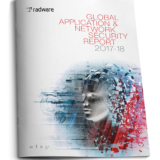
Read "2017-2018 Global Application & Network Security Report" to learn more.
Download Now